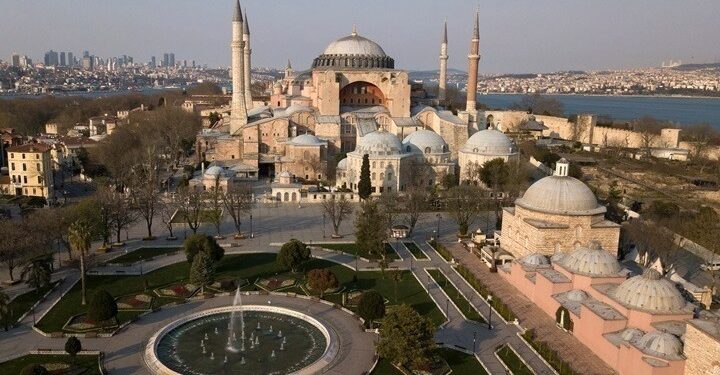Hagia Sophia withstands major earthquake as Constantinople prepares for the future

As reported by turkiyetoday.com, the 1,486-year-old Hagia Sophia in Constantinople remained unscathed after a powerful 6.2-magnitude earthquake struck the Sea of Marmara on April 23, 2025. While the tremors injured 236 people and damaged 378 buildings across the city, early assessments confirmed the historic monument’s remarkable resilience.
Experts attribute Hagia Sophia’s survival to ancient engineering techniques and special lightweight bricks bound with a semi-crystallised mortar capable of absorbing seismic energy. According to Professor Antonia Moropoulou, who has studied the monument’s structure, Hagia Sophia was built to withstand earthquakes up to magnitude 7.
Ongoing large-scale restoration efforts, described as the most comprehensive in 150 years, aim to further reinforce the structure amid growing concerns about an anticipated major earthquake in Constantinople. Restoration works have also revealed hidden features, such as ancient mosaics and depictions of angels, beneath previous layers of plaster.
Hagia Sophia’s seismic stability is continuously monitored through a structural health system installed in 1991 and upgraded in 2008. Studies have shown minor displacements in the dome during tremors but no critical damage.
According to Emeritus Professor Mustafa Erdik, while Hagia Sophia is expected to withstand strong earthquakes, a hypothetical magnitude 7 quake could still cause localised damage, particularly to the semi-domes.
As Constantinople braces for future seismic threats, Hagia Sophia stands as a testament to ancient resilience and the urgent need for careful preservation.
Source: turkiyetoday.com / Orthodoxtimes.com




